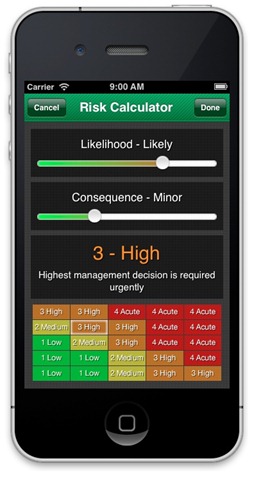Over the last few months I have been using my iPad to take photographs of good and bad workplace practices. These photos are usually shown to a site or business manager after a visit so that control measures can be identified. The advantage of an iPad is that no one has to squint at a small screen to try to see the hazard. I have kept my eyes open for potentially useful OHS apps for the iPad. One app recommended to me is iJSA.
 iJSA, designed for the iPhone initially, is packed with features that could assist the tech-savvy OHS professional in developing Job Safety Analyses (JSA) (Job Hazard Analysis in the United States). However any app must prove to be better, more convenient and more effective than existing measures and I am not sure that iJSA does this. Continue reading “OHS app is attractive but may be no better than a paper system”
iJSA, designed for the iPhone initially, is packed with features that could assist the tech-savvy OHS professional in developing Job Safety Analyses (JSA) (Job Hazard Analysis in the United States). However any app must prove to be better, more convenient and more effective than existing measures and I am not sure that iJSA does this. Continue reading “OHS app is attractive but may be no better than a paper system”



